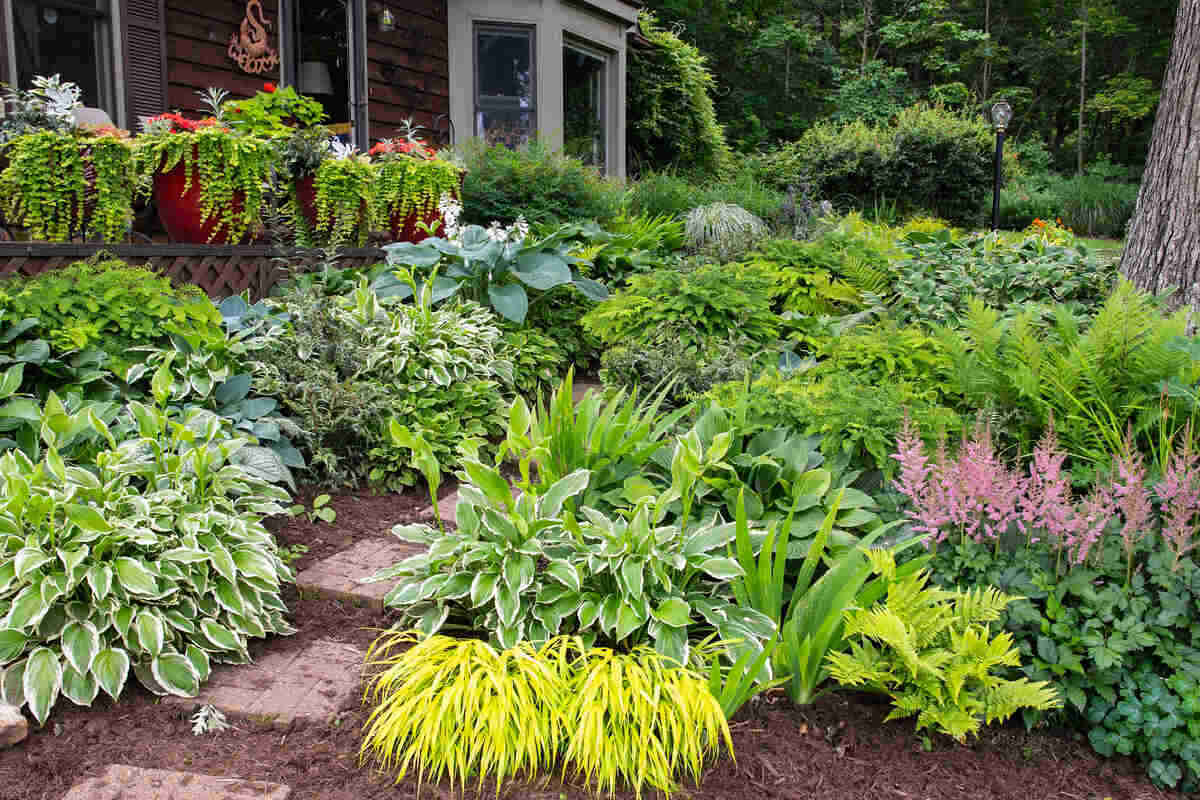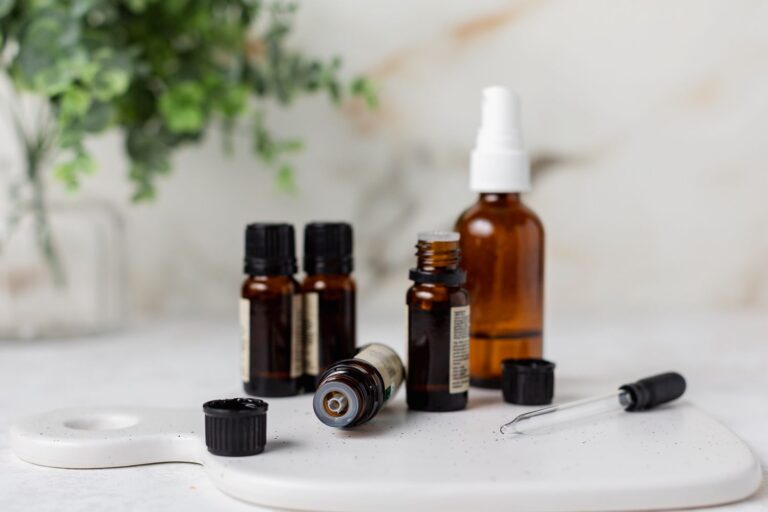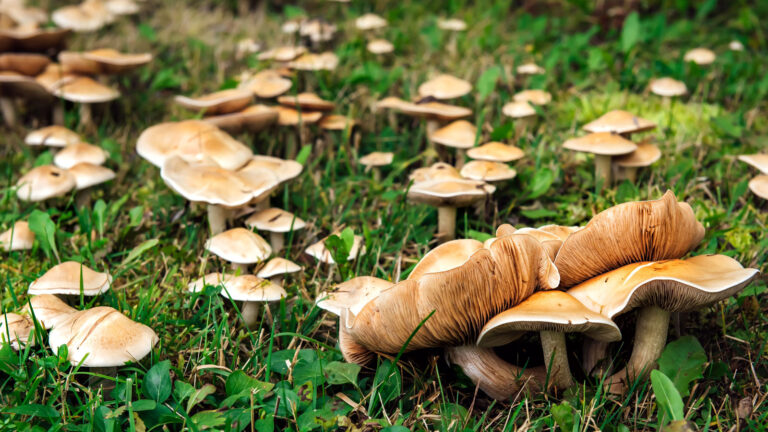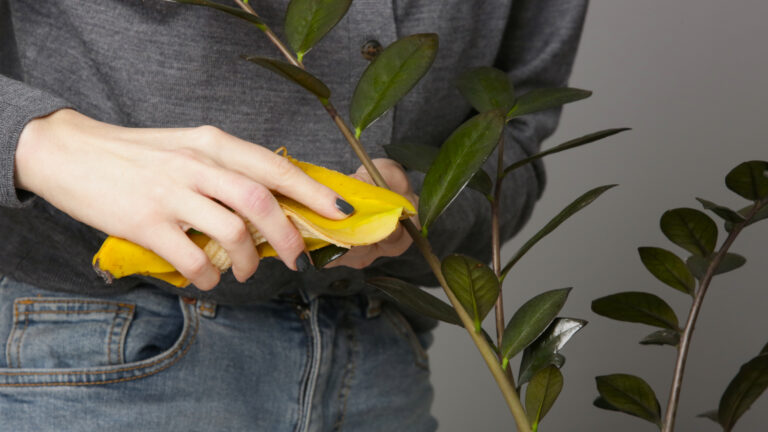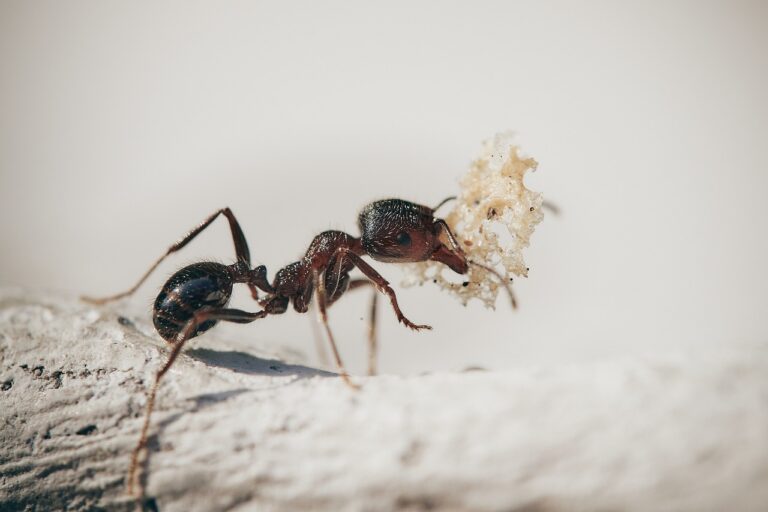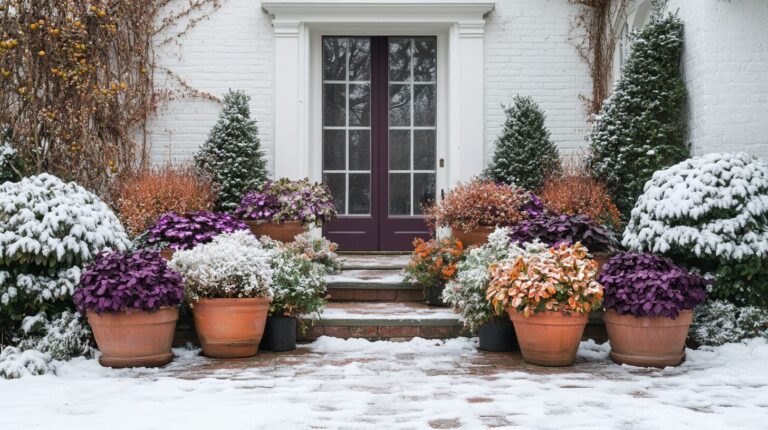10 Best Morning Sun Afternoon Shade Plants That Thrive in Partial Light
What if I told you that transforming your challenging morning sun, afternoon shade garden into a thriving oasis is possible in just one growing season using these 10 proven plant varieties that most gardeners overlook?
If you struggle with plants in an east-facing garden or in the shade of trees, you are not alone. This guide demonstrates how to fix it.
One of the most challenging conditions of light in gardening is morning sun and afternoon shade. People believe it is a poor location but it can suit well with beauty of plants that have low maintenance. The morning sun provides soft cool light and does not overwork the plants like in the afternoons.
Understanding Conditions of Morning Sun and Afternoon Shade
Before you decide on which particular plants to pick, let us clarify the meaning of morning sun and afternoon shade to your garden. The occurrence of this light pattern is usually in east facing areas, under trees of the deciduous type, and on the east of buildings. The morning sun is 6 a.m. – 11 a.m. and provides 3-5 hours of soft light before the afternoon shade sets in.
The usefulness of this light pattern is its balance. The morning sunlight gives sufficient light to carry out photosynthesis and it is not so hot to burn plants in the afternoon. It works well with plants that require a bit of daylight but cannot endure the heat of the afternoon which may burn leaves, make them dry up and flowers die prematurely.
It is important to know the local microclimate. The change in climate can alter the likes of plants. A location in Georgia under morning sun and afternoon shade requires different kinds of plants as compared to a similar location in Minnesota. Plants required in Southern gardens have to withstand higher levels of humidity as well as heat during the afternoon whereas plants in northern gardens must withstand lower temperatures and shorter growing seasons.
The Successful Growing Conditions of Partial Shade
The selection of the correct plants is not the only part of the job. A successful partial-shade garden is founded on good soil. Such plants prefer moist, high-draining soil. The desired soil pH is 6.0-7.0, although other varieties favor a little more acidic soil.
Watering is also important. Partial-shade plants do not dry up as quick as the full sun but they do require constant water supply particularly when the plants are new. Water thoroughly every week in order to have healthy roots. The light sprinkling of water only invites roots close to the surface which may dry out. Soak the soil with soaker hoses or drip systems, but do not make the leaves sick.
Plants are maintained in seasonal care. During spring, apply balanced organic fertilizer so as to promote the growth and flowering. During summer, apply mulch 2-3 inches of organic matter to keep soil cool and damp. Fall fallen leaves and pests should be removed to avoid overwinter issues. Protect plants in colder areas with light covers in the winter.
The 10 Best Morning-Sun and Afternoon-Shade Plants
Oakleaf Hydrangea (Hydrangea quercifolia)
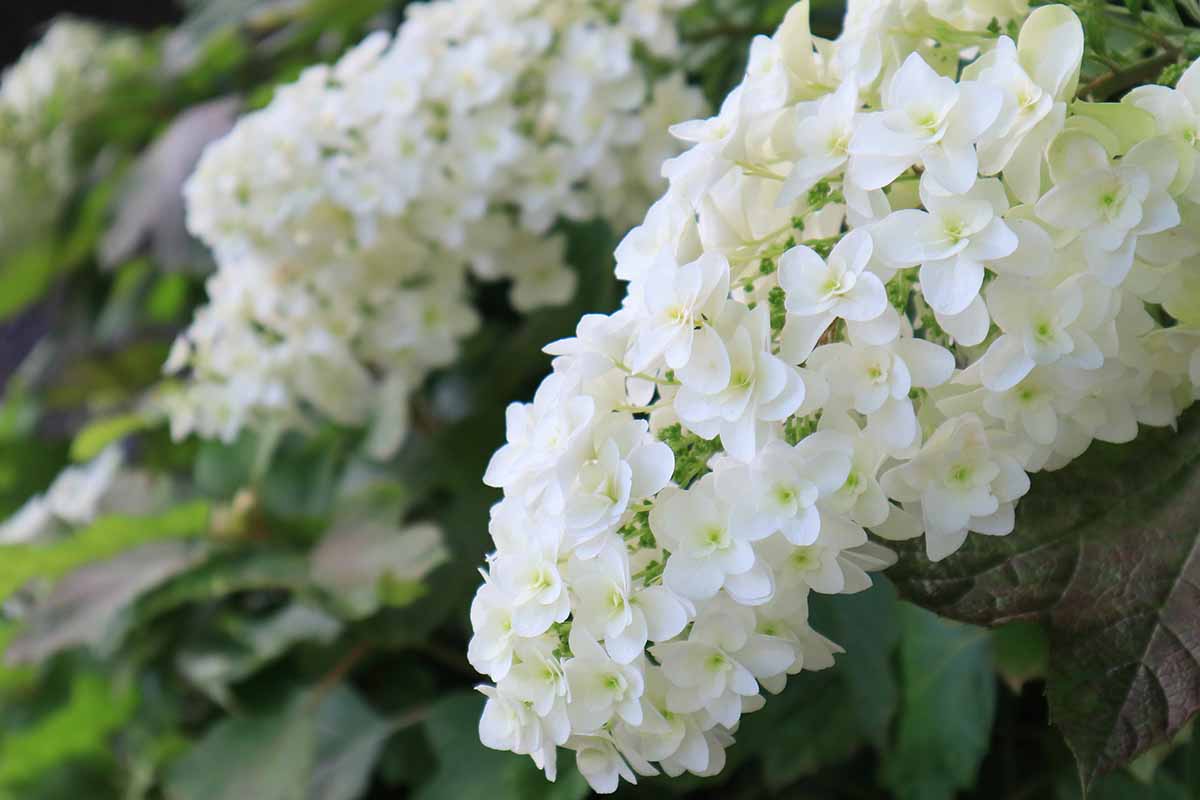
Tolerant of morning sun and afternoon shade is oakleaf hydrangea. It reaches heights and width of 6-8 ft in height and width and flowers in the summer turning a shade of white, which are then turned pink and then bronze in autumn. It has oaks-like leaves, burgundy color in fall and the bark peels in winter, which is interesting. It thrives in zones 5–9. Water and plant in rich and well-draining soil. Prune immediately after flowering so as to maintain shape and promote next year flowers. Morning sun helps the flowers, afternoon shade prevents the burning of the leaves.
Japanese Painted Fern (Athyrium niponicum)
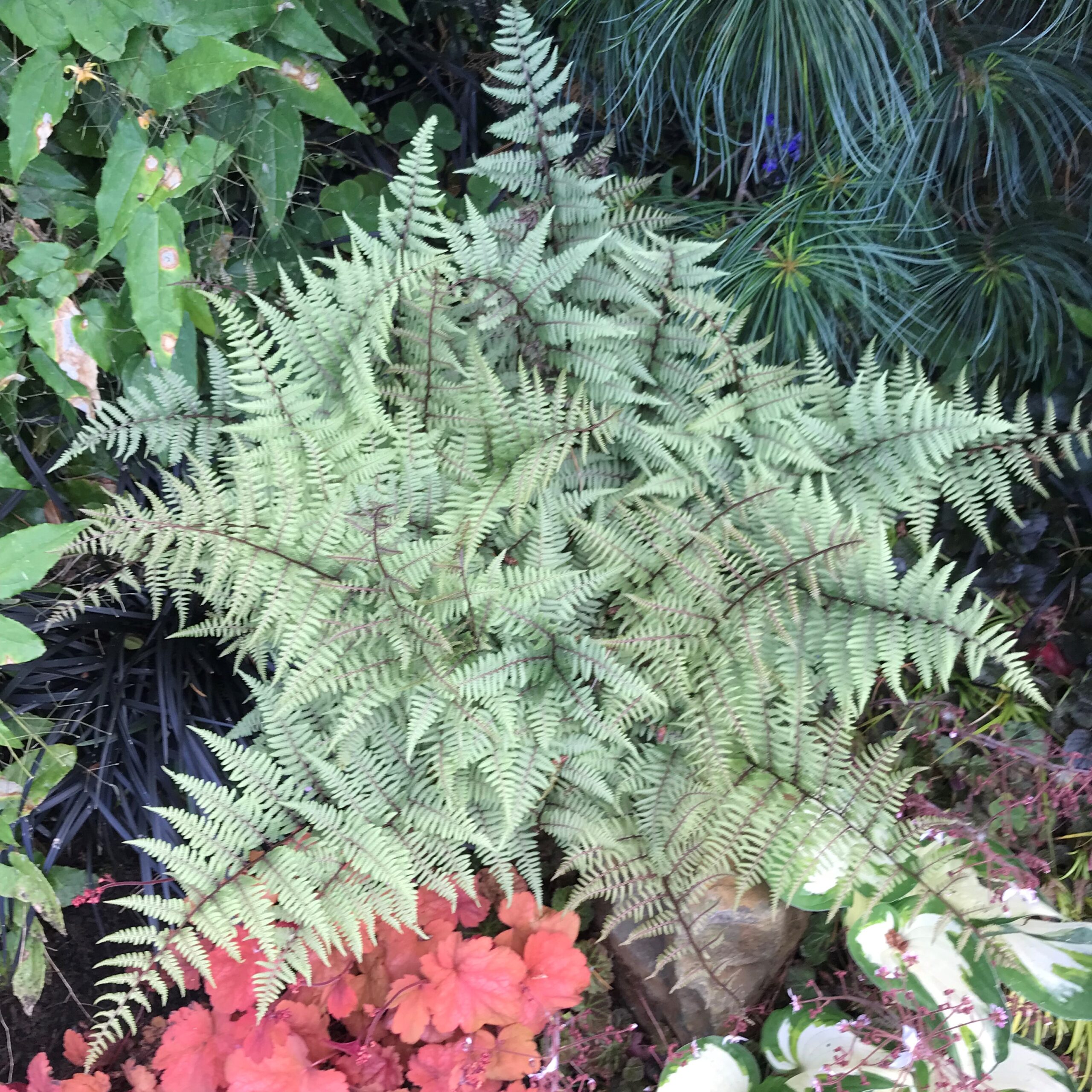
Japanese painted fern provides texture and color, all year round. With a border of silver-green its fronds, and of burgundy veins; it seems like an animated form. It grows gradually with a height of 12-18 inches. It likes damp well-draining soil that contains organic matter. Grow in groups of 3-5 with a distance of 18-24 inches between. Divide after every 3-4 years to ensure it remains vigorous. The sun in the morning plays a bright color; in the afternoon, a shady sun keeps it cool.
Coral Bells (Heuchera spp.)
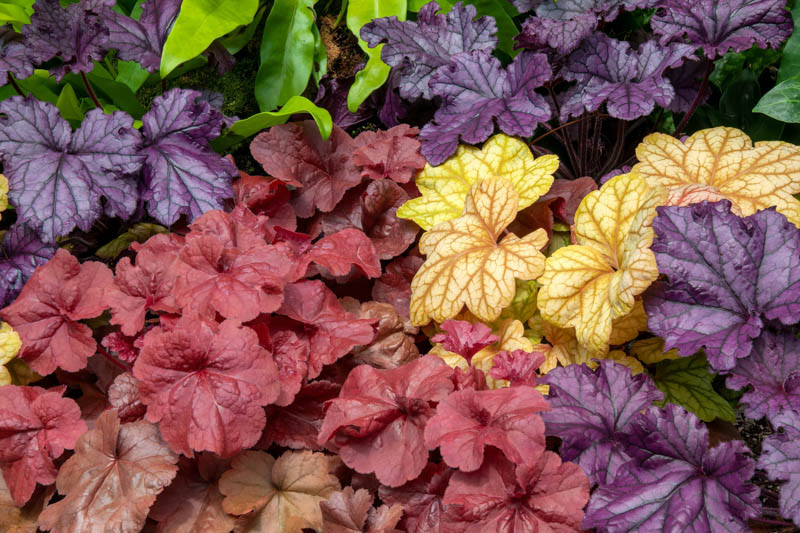
Coral bells are good leaf coloured and produce tiny bell-flowers attractive to the humming-birds. Contemporary ones feature leaves in deep burgundy or bright green with some having veining. They are evergreen and they grow in zone 3-9 according to the type. Sow in loose soil that has compost at an interval of 12-18 inches. Divide every 3–4 years. To warm climates, select Caramel, and to cool climates, select Palace Purple.
Virginia Bluebells (Mertensia virginica)

Virginia bluebells produce bright blue flower in spring. They are endemic wild flowers that proliferate in morning sunlight and afternoon shade, and fill a gap at the start of the season. They are good for zones 3–8. Plant bulbs 3-4 inches deep in the soil, and 6-12 inches spacing of the plant. Let leaves fall by nature–they nourish the plant tomorrow. Combine with perennials (summer) that succeed bluebells.
Summersweet (Clethra alnifolia)

Summersweet or sweet pepperbush is white or pink bloom that nourishes butterflies and hummingbirds, blooming in the middle of the late summer. During the fall, its leaves become golden yellow. It deals with wet shade more than several shade plants. It grows 4–8 ft tall. Grow in damp slightly acidic soil and maintain organic. Prune after flowering. Hummingbird remains shrubby (3-4 ft), whereas the “Ruby Spice” is taller with pink flowers.
Astilbe (Astilbe spp.)
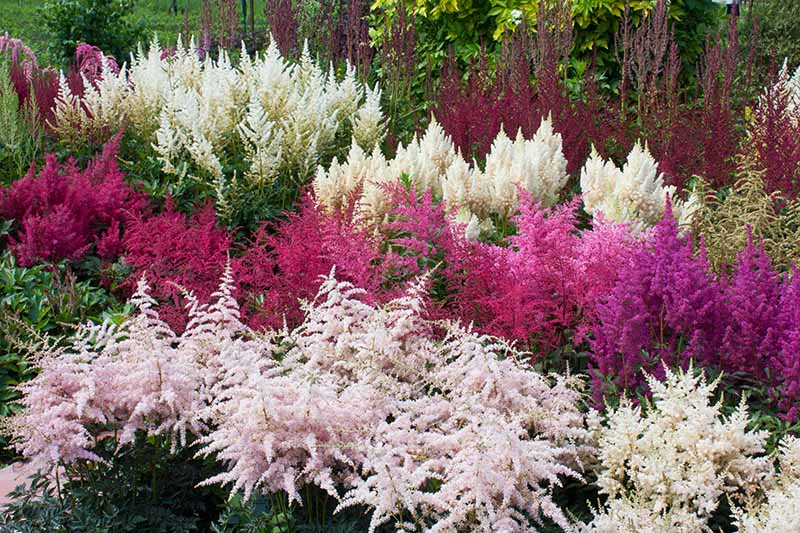
Astilbe brings in white, pink, red or purple plumes of a feathery nature. They remain in the garden throughout the summer till in the fall thus providing a constant supply of color. Astilbe desires wet soil and no afternoon heat. Plant 18–24 inches apart in rich soil. Divide every 4–5 years. Deadhead used plumes or covered them in winter. Dwarf “Sprite” occupies small area; “Purple Candles” is conspicuous.
Japanese Forest Grass (Hakonechloa)

Graceful movement is instigated by the Japanese forest grass. Its leaves are mounded in form and are arched and lighten up dark places in the shade and change to golden brown during autumn. It grows in zones 5–9. Plant 18–24 inches apart. Water well. Trim old growth in spring to begin afresh. Aureola is yellow and green variegated, and All Gold is clear bright.
Hellebores (Helleborus spp.)

Lenten roses or hellebores are winter and early spring flowers. Their cup-shaped flowers are either white, pink, purple or nearly black. They are perennial greens that maintain the structure even during snowing. They thrive in zones 4–9. They require soils that are well drained and have a lot of organic matter. Plant 18-24 inches spaced and keep off winter wind. During the late winter, take away the old leaves to exhibit new flowers. Don’t disturb settled plants.
Bleeding Heart (Dicentra spectabilis)

The bleeding heart bears pink, white, or red heart-shaped flowers on curving stems. It is happiest in morning sun and afternoon shade and also gives week long strong spring displays. It favors damp, fertile soil and not afternoon sun. Plant tubers 2 inches deep, 24–36 inches apart. Let leaves die back in summer. Combine with hostas or other large-leaf plants which fill later.
Bigroot Geranium (Geranium macrorrhizum)
Bigroot geranium is a sub-shrub that performs well as a groundcover in the morning sun and afternoon. It disseminates aromatic foliage that have small flowers. It can withstand dry environments once it has been established and can be used to control weeds. It is good for zones 4–8. It develops in moderately or poor well-drained soil. Space 12–18 inches apart. Prune after flowering in order to promote new growth. Ingwersen is pink, Bevan deeper magenta.
Container Gardening in the Half Shade
Container gardening is best done in morning sun/afternoon shade. Pots allow you to customize soil and provide a good drainage system. Select at least 12 inches deep draining pots. Light potting mix should be used in containers; heavy garden soil should not be used as it can be compacted. To add a consistent supply of nutrients, add slow-release fertilizer to the mixture. Containers that are used to hold water more frequently than in-ground plants since they dry more quickly.
Plant mixed with various textures, heights and flowering periods to ensure there is a constant interest. Combine small upright shrubs such as dwarf hydrangeas with trailing ones such as vinca or ivy. Insert bursts of color with seasonal annuals and change them with the change of season keeping the primary plants in the container the same.
Seasonal Maintenance and Care
Gardens in the shade of the morning sun / afternoon shade should be seasonal. During spring, shed winter cover, rake dead leaves off and apply fresh mulch cover. This is when one has the best opportunity of dividing perennials and planting new ones when the soil is workable. During summer, maintain a constant moisture routine and prune withered flowerheads. Be aware of stress and particularly during dry seasons and water extensively rather than sprinkling. Take away sick leaves promptly. During autumn, trim off frost sensitive plants, apply winter mulch and cover tender perennials. Keep a few of the seed heads and dry leaves over winter and as food to wild life. Wash and put away tools and order next year additions during peaceful winter.
Troubleshooting Guide
Despite proper planning, issues arise. The leggy growth is often an indication that the amount of light is insufficient; either relocate the plant or select a shade-tolerant type. The yellowed leaves may be a sign of an excess of water or a poor drainage system, or nutrient deficiency; check the soil and correct. Excessive shade can cause poor flowering, prune trees to allow in more morning sunshine or replace them with more shade tolerant plants. Have a test soil after every 2-3 years to ensure it is in good condition.
Prevent control pests and diseases by ensuring that there is a healthy distance between plants and that there is circulation of air and that plants are healthy. When you can, plant resistant varieties against the common diseases and intervene early enough before the situation deteriorates. Due to the reduced stress in the morning sun and afternoon shade plants, they tend to deal well with the common problems in the garden compared to others.
Sources:
Proven Winners – Oakleaf Hydrangea Care Guide
Gardening Know How – Plants for Morning Sun and Afternoon Shade
Wisconsin Horticulture – Hakone Grass Growing Guide
UC Master Gardeners – Shade Gardens Learning to Love the Darker Side
The Spruce – How to Grow Japanese Painted Ferns
Birds and Blooms – Top Shade Tolerant Coral Bells Varieties
American Meadows – How to Grow Virginia Bluebells
Gardenia.net – Clethra alnifolia Hummingbird Summersweet
American Meadows – How to Grow Astilbe
Dennis 7 Dees – Hellebores Winter-Blooming Evergreen Perennials
Wisconsin Horticulture – Bleeding Heart Dicentra spectabilis

